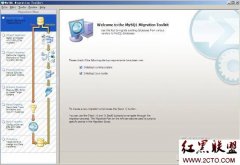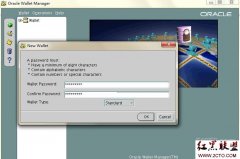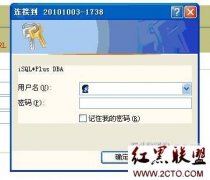Netbackup恢复步骤-01
前段时间,做了一次nbu的同机恢复测试。
环境是这样的:
备份和还原都是在一个机器上,hostname是sg2as059。即备份的client是这个机器。数据库的实例名是test.
无catalog数据库,备份信息保留在控制文件中。
备份的master server和media server是同一台机器,hostname是sg2ts001。
前一天晚上设置nbu的policy进行备份,备份脚本在client上:
oracle@sg2as059:/usr/openv/netbackup/ext/db_ext/oracle/test> pwd
/usr/openv/netbackup/ext/db_ext/oracle/test
oracle@sg2as059:/usr/openv/netbackup/ext/db_ext/oracle/test> cat hot_database_backup.sh
#!/bin/sh
# $Header: hot_database_backup.sh,v 1.2 2002/08/06 23:51:42 $
#
#bcpyrght
#***************************************************************************
#* $VRTScprght: Copyright 1993 - 2005 VERITAS Software Corporation, All Rights Reserved $ *
#***************************************************************************
#ecpyrght
#
# ---------------------------------------------------------------------------
# hot_database_backup.sh
# ---------------------------------------------------------------------------
# This script uses Recovery Manager to take a hot (inconsistent) database
# backup. A hot backup is inconsistent because portions of the database are
# being modified and written to the disk while the backup is progressing.
# You must run your database in ARCHIVELOG mode to make hot backups. It is
# assumed that this script will be executed by user root. In order for RMAN
# to work properly we switch user (su -) to the oracle dba account before
# execution. If this script runs under a user account that has Oracle dba
# privilege, it will be executed using this user's account.
# ---------------------------------------------------------------------------
# ---------------------------------------------------------------------------
# Determine the user which is executing this script.
# ---------------------------------------------------------------------------
CUSER=`id |cut -d"(" -f2 | cut -d ")" -f1`
# ---------------------------------------------------------------------------
# Put output in <this file name>.out. Change as desired.
# Note: output directory requires write permission.
# ---------------------------------------------------------------------------
RMAN_LOG_FILE=${0}.out
# ---------------------------------------------------------------------------
# You may want to delete the output file so that backup information does
# not accumulate. If not, delete the following lines.
# ---------------------------------------------------------------------------
if [ -f "$RMAN_LOG_FILE" ]
then
rm -f "$RMAN_LOG_FILE"
fi
# -----------------------------------------------------------------
# Initialize the log file.
# -----------------------------------------------------------------
echo >> $RMAN_LOG_FILE
chmod 666 $RMAN_LOG_FILE
# ---------------------------------------------------------------------------
# Log the start of this script.
# ---------------------------------------------------------------------------
echo Script $0 >> $RMAN_LOG_FILE
echo ==== started on `date` ==== >> $RMAN_LOG_FILE
echo >> $RMAN_LOG_FILE
# ---------------------------------------------------------------------------
# Replace /db/oracle/product/ora81, below, with
相关新闻>>
- 发表评论
-
- 最新评论 进入详细评论页>>







